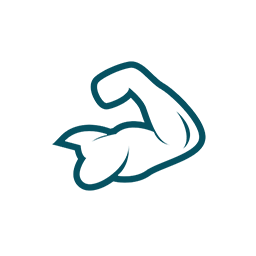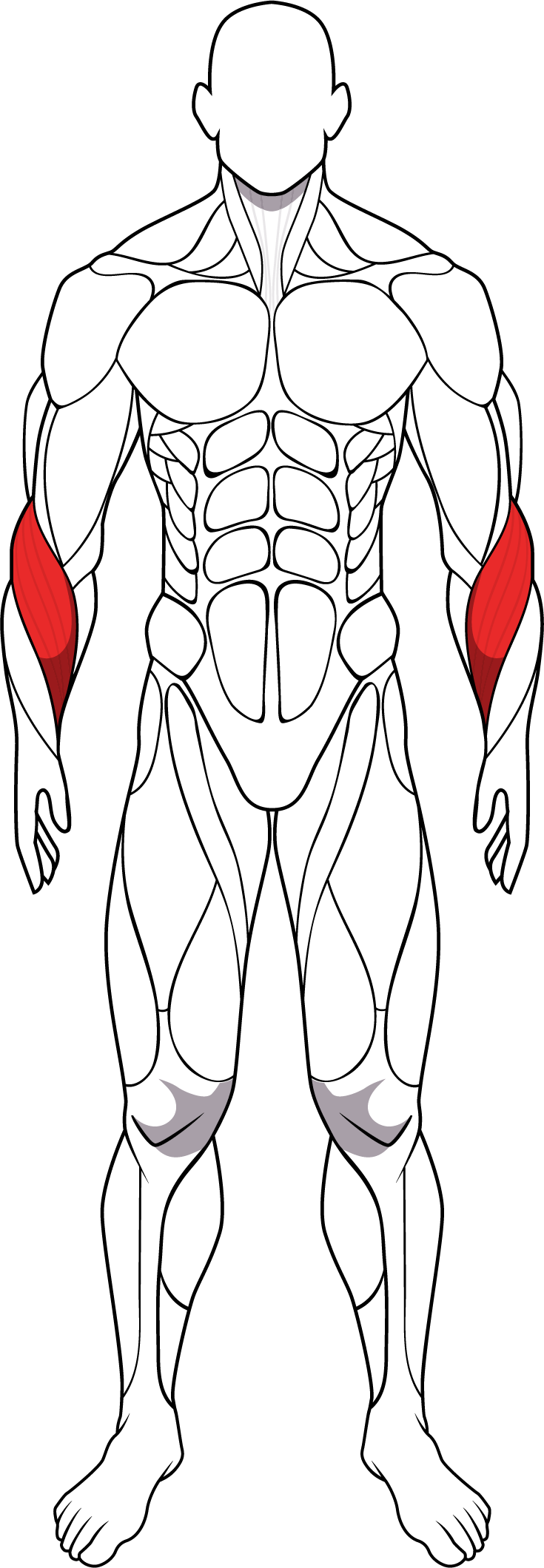The brachioradialis is a muscle of the forearm that plays an important role in elbow flexion and forearm movements. It is one of the major muscles of the arm and is located on the lateral side of the forearm.
The brachioradialis is a muscle of the forearm that plays an important role in elbow flexion and forearm movements. It is one of the major muscles of the arm and is located on the lateral side of the forearm.
Here are some key points about the brachioradialis muscle:
Anatomy: The brachioradialis originates from the lateral supracondylar ridge of the humerus, which is the bony prominence on the outer side of the elbow. It runs down the forearm and inserts onto the distal radius near the base of the thumb.
Function: The brachioradialis is primarily responsible for flexing the elbow, especially when the forearm is in a neutral position (thumbs pointing upward). It also assists with supination and pronation of the forearm to some extent.
Exercises: Exercises that target the brachioradialis include hammer curls, reverse curls, and pull-ups. These exercises involve movements where the forearm is in a neutral position, which engages the brachioradialis effectively.
Injury: The brachioradialis can be strained or injured through overuse, sudden movements, or poor exercise technique. Injuries to this muscle may cause pain in the forearm, particularly during arm flexion or gripping movements.
The brachioradialis is a significant muscle for elbow flexion and contributes to overall arm strength and function. Proper training and technique can help keep the muscle healthy and strong.
Here are some key points about the brachioradialis muscle:
Anatomy: The brachioradialis originates from the lateral supracondylar ridge of the humerus, which is the bony prominence on the outer side of the elbow. It runs down the forearm and inserts onto the distal radius near the base of the thumb.
Function: The brachioradialis is primarily responsible for flexing the elbow, especially when the forearm is in a neutral position (thumbs pointing upward). It also assists with supination and pronation of the forearm to some extent.
Exercises: Exercises that target the brachioradialis include hammer curls, reverse curls, and pull-ups. These exercises involve movements where the forearm is in a neutral position, which engages the brachioradialis effectively.
Injury: The brachioradialis can be strained or injured through overuse, sudden movements, or poor exercise technique. Injuries to this muscle may cause pain in the forearm, particularly during arm flexion or gripping movements.
The brachioradialis is a significant muscle for elbow flexion and contributes to overall arm strength and function. Proper training and technique can help keep the muscle healthy and strong.


